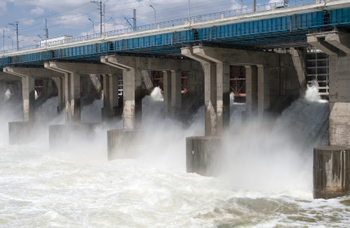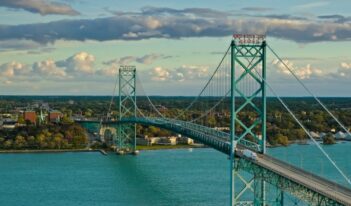
Congress and FERC act to promote the development of hydrokinetic power.
Congress recently passed an energy appropriations bill for 2013 that allocates $44 million for marine and hydrokinetic research. The approval for federal funding is the latest in a series of recent regulatory and technical developments over the last decade in the area of hydrokinetic technologies.
The Federal Energy Regulatory Commission (FERC) announced in January that the East River in New York was now free to be used for generating tidal power. The Commission also issued the first pilot project license for 10 years to Verdant Energy to use turbines on the river floor to generate electricity.
FERC Chairman Jon Wellinghoff stated that the Commission’s issuance of “a pilot license for an innovative technology is a major step in the effort to help our country meet our renewable energy goals.” The pilot license is a regulatory innovation created by FERC to promote research and development of hydrokinetic technologies.
Verdant’s project is a direct result of a push by the Department of Energy (DOE) to develop wave and tidal power generation technologies. The DOE has worked closely with FERC, among other agencies, to smooth the deployment process, from research to testing, compliance to implementation and approval.
This specific project received a financial grant in 2010 from the New York State Energy Research and Development Authority. The Authority described the effort as “one of the most advanced kinetic hydro projects ever devised.”
Hydrokinetic regulation and awareness received a boost in December 2006, when FERC hosted a conference on hydroelectric infrastructure. The Commission issued its first license for a hydrokinetic project in 2007 to Finerva Energy. This project, located in Makah Bay off of Washington State’s Olympic Peninsula was ultimately abandoned by Finerva two years later.
In April 2008, FERC released a white paper on hydrokinetic project regulation. In late 2008, the Commission asserted that it had jurisdiction over all hydroelectric projects located in the Outer Continental Shelf.
The pace of FERC’s permit process for hydrokinetic plants has unnerved many suppliers. Free Flow Power, a company attempting to produce power in the Mississippi noted that it had 45 permits pending before FERC and that it was required to complete 11 studies prior to getting its proposal approved.



